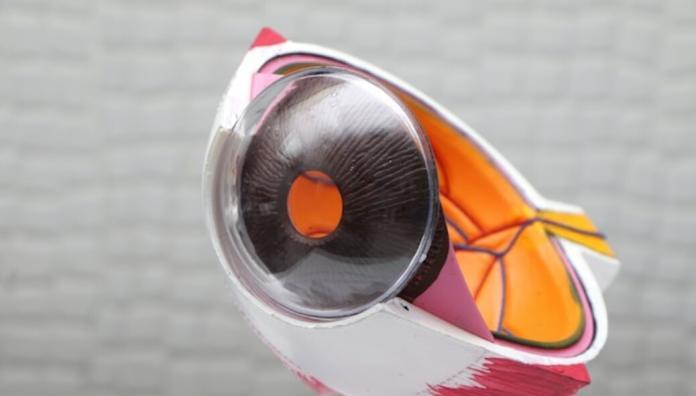When you see clumps of hair on your comb or you are starting to see visible patches of your scalp while combing, you know that there is something wrong. You also start to realize that you are facing hair loss and it might be time to visit a hair expert because you might need some professional advice and some effective hair loss solutions. And even though you might have heard quite a bit about transplants, there is no reason why that should be your first consideration. In many cases, you might not even be an eligible candidate for a transplant, because there are certain criteria that you need to meet first.
Before you go running to a hair transplant expert, it might be wise to read and research a little and understand the various methods of hair restoration that can be considered, especially when the hair loss has only just started. With the advancements in modern medicine, there are actually several methods of treating hair loss that can be turned to. As a matter of fact, if you talk to hair restoration experts, they will tell you that a transplant should be your last resort.
Here are the 5 top hair restoration methods that you can choose from:
- Lifestyle changes and home remedies – Many times, hair loss could be attributed to lifestyle-related problems, which could be of several types. For instance, if your body is not getting sufficient nutrition, it could result in hair loss; which is why, improving your diet, including plenty of fresh fruits and vegetables, and foods that are rich in biotin and iron can help reduce hair fall naturally. If your scalp is not properly nourished and hydrated, it could cause the hair to become weak and fall out. However, by regularly oiling your hair and scalp and ensuring the scalp is massaged properly, you could increase the life of your hair. Moreover, hair can also become weak and prone to breakage when you use too many chemicals, extreme heat, or tie your hair very tightly. By simply avoiding or at the least, reducing these practices, you can ensure that your hair is strong and healthy.
- Medications – If your hair loss has just started or has been diagnosed in the very early stages, the easiest and simplest method to tackle the hair loss might be to consider medications. There are two main types of medicines that are prescribed for hair loss prevention and treatment– minoxidil, and finasteride. While the former is a topical medication that can be applied directly onto the scalp, the latter is an oral medication, which comes in the form of tablets or capsules and needs to be ingested. Similarly, while minoxidil can be purchased as an over-the-counter medication, finasteride often needs a prescription. However, before starting either, it would be wise to consult an expert, because in many cases, once the medication is stopped, the hair loss can return. These days, there are also shampoos that you can use – however, these too might be prescription-based.
- Laser – In the past few years, the laser has gained an immense amount of popularity in the medical world and it is being used for hair treatment as well. For mild hair loss, low-level laser hair therapy or LLLT can be quite useful, especially when done properly and by the hands of an experienced practitioner. When the red light of the laser is directed towards the hair follicles, it can not only stimulate the hair follicles but also promote better hair growth. Given that this is a non-invasive method, it can be tried out without fear. As a matter of fact, gentler versions of this therapy are now being offered for home use too, in the form of handheld combs and caps. This is one of the reasons why this is fast becoming one of the popular hair restoration methods.
- PRP – Platelet-rich plasma therapy has been around for a while now and although the initial and most popular usage was in the domain of sports medicine, today, it has become the go-to procedure in the world of hair restoration too. In this process, a small amount of blood is extracted from the body and placed in a centrifuge, where the blood components are separated. The extremely potent platelet-rich plasma is injected back into the scalp, where it is able to help stimulate the hair follicles for better hair growth. This process can not only help reduce hair loss but also improve natural hair growth and give you hair that is stronger and healthier. There are several hair experts who prefer using PRP as the first step for mild to medium hair loss. In addition, several doctors use the same method in tandem with hair transplants too, because it can expedite the healing and recovery process, making this one of the most effective hair loss solutions.
- Transplant – In case all other methods of hair restoration fail, then you might be a suitable candidate for a transplant; however, you need to make sure that you talk to an expert first and get a proper examination done. Once they have ascertained that your hair loss has stabilized, there is a clear donor and recipient area and you have no medical conditions that could hamper the procedure, you will get the green light. There are multiple types of hair transplants, including FUT, FUE, strip surgery, and robotic surgery, of which the first two are the most popular and common. While FUT is most commonly suggested to those who have a clear and large recipient area, FUE is preferred by those who want to create more volume or cover a smaller recipient area. There are certain pros and cons associated with all these procedures and it is best that you have a full-fledged conversation with a surgeon before finalizing on any of them.
While considering hair loss prevention and treatment procedures, it is always wise to try and figure out the root cause first and then plan a course of action accordingly.
Did You Enjoy Reading This Article?
Here’s More to Read:
- Falling hair? Few home remedies to reduce it and get back healthy hair
- Highly effective treatments for hair loss and hair thinning
- Choosing Laser Hair Removal Might Be The Best Bet For Smooth Skin
- 3 Important Types of Hair Transplantation Methods







